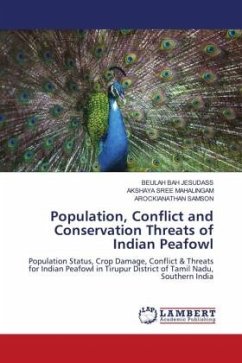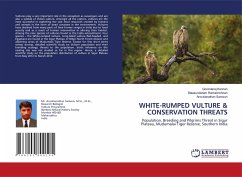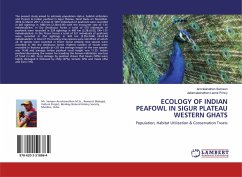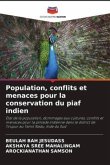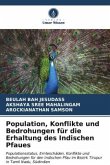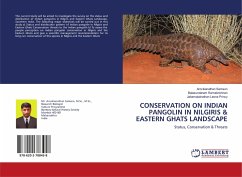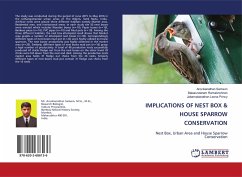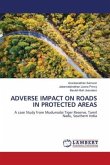The study analyzed the population status and conservation threats of Indian peafowl in Tirupur district, Tamil Nadu, from August to October 2023. The population was assessed using road transects and roosting tree surveys. The study found that 9,976 Indian peafowl were present in 5,192 km2 of Tirupur district, with 7 roosting tree species identified. The peafowl population decreased due to habitat alteration and food shortage. The most affected crops were Onion, Chili, Groundnut, Beans, Ragi, Corn, and Tomato. 93 Indian peafowl individuals died from 2016 to 2022 due to poisoning in Tirupur district. The study concluded that the Indian peafowl population was better in Tirupur district, and most sightings were on agricultural lands. However, agricultural people's mindset is against these losses caused by Indian Peafowl.
Bitte wählen Sie Ihr Anliegen aus.
Rechnungen
Retourenschein anfordern
Bestellstatus
Storno

